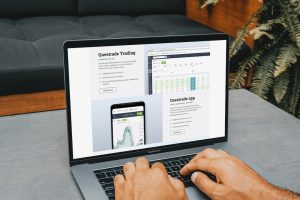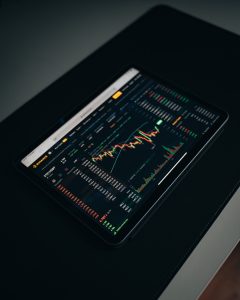Forex trading, also known as foreign exchange trading, involves the buying and selling of currencies in the global market. The forex market is the largest and most liquid financial market in the world, with an average daily trading volume of $5.3 trillion. Trading in the forex market offers investors the potential for significant profits, but it also carries a high degree of risk. One of the most critical factors that determine success or failure in forex trading is the timing of when to enter a trade. In this article, we will discuss the factors that traders should consider when deciding when to enter a trade in forex.
Firstly, traders should analyze the market to identify the best time to enter a trade. The forex market is open 24 hours a day, five days a week, and it operates in different time zones. Therefore, it is essential to understand the market’s behavior during different trading sessions. The best time to enter a trade is when the market is most active and volatile, which occurs during the overlap of two major trading sessions. For example, the overlap of the London and New York trading sessions is the most active time in the forex market, with high trading volumes and price movements.
Secondly, traders should consider the economic calendar when deciding when to enter a trade. Economic indicators, such as Gross Domestic Product (GDP), inflation rates, and employment data, can significantly impact currency prices. Traders should track the release of these indicators and enter trades based on the expected outcomes. For example, if the GDP of a country is expected to increase, the currency of that country is likely to strengthen, and traders can enter a long position in that currency.
Thirdly, traders should use technical analysis to identify the best time to enter a trade. Technical analysis involves studying price charts and using various indicators to identify trends and potential price movements. Traders can use indicators such as moving averages, Relative Strength Index (RSI), and Bollinger Bands to identify entry points. For example, if the price of a currency reaches a support level, traders can enter a long position with a stop loss below the support level.
Fourthly, traders should consider their risk tolerance when deciding when to enter a trade. Entering a trade at the wrong time can result in significant losses. Therefore, traders should only enter trades that they are comfortable with and have a clear understanding of the potential risks. Traders should also use risk management strategies, such as stop-loss orders, to limit potential losses.
Lastly, traders should consider the overall market sentiment when entering a trade. Market sentiment refers to the overall attitude of traders towards a particular currency or market. If the market sentiment is bullish, traders should enter long positions, while if the market sentiment is bearish, traders should enter short positions. Traders can use sentiment indicators, such as the Commitment of Traders (COT) report, to gauge market sentiment.
In conclusion, entering a trade in forex requires careful consideration of various factors, including market activity, economic indicators, technical analysis, risk tolerance, and market sentiment. Traders should use a combination of these factors to identify the best entry points and limit potential losses. As with any trading strategy, traders should always conduct thorough research and analysis before entering a trade in forex.





